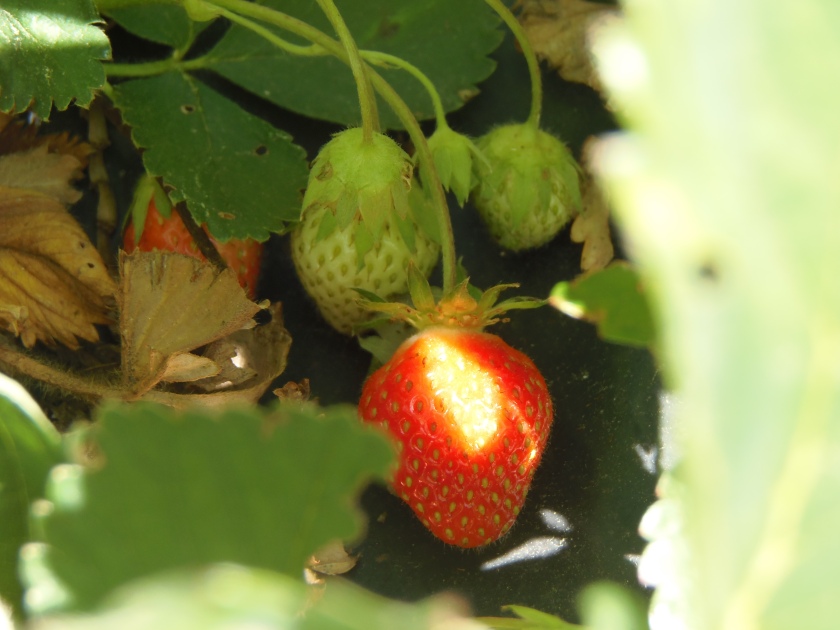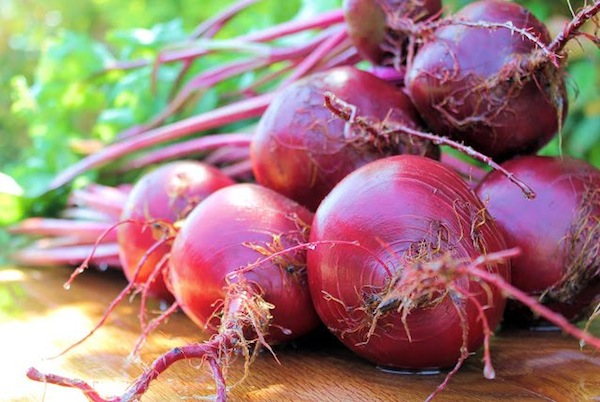All Things Persimmon!
Several factors have contributed to our harvest of a bumper crop of persimmons this year. One of those is most likely the honey bees on campus have been working hard to pollinate our many crops and they apparently did a thorough job on the persimmons, which are an early bloomer and good source of food for them in spring. We also prevented any “pre-harvesting,” which led to higher yields. We have been busy in gardening classes and with the middle school farm team (part of the MS micro-economy) finding creative ways to eat and preserve the HUNDREDS we harvested this year. Hopefully you’ve already heard about a few of these from your children or purchased some of the jam, chips, or whole persimmons in the front office See some of our creations below! In addition to the persimmon salad, fruit roll ups, pancakes and 5 spice persimmon jam we also made persimmon salad dressing and ate a lot of fresh persimmons. Look for some of these products at Marketplace on December 16th!










